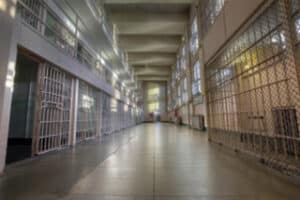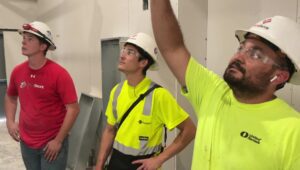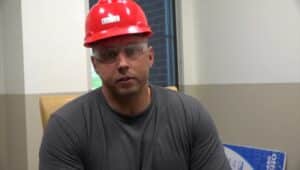 This is a multi-part series of articles all about the top Electrical Safety Tips for Your Home.
This is a multi-part series of articles all about the top Electrical Safety Tips for Your Home.
You need to understand many components in your home’s electrical system to ensure a secure home throughout the year. Are you aware of AFCI and GFCI outlets? Do you have any idea of whole-house surge protection? As you are cleaning your home for spring, I suggest checking out your home’s electrical system.
Like most individuals, you will probably have some essential and basic electrical knowledge, for instance, how to turn a breaker on and how water and electricity don’t go together, but there is much more that you don’t know; you must know that.
Every year, thousands of injuries, hundreds of deaths, and millions of dollars are lost due to insufficient knowledge of electrical safety. Each year, electrical receptacles/outlets alone cause fires in 5300 homes, over 100 injuries, and 40 deaths.
The purpose of providing you with this checklist for home electrical safety is to save homeowners and lessen the number of deaths and injuries everywhere. Apart from checking your DIY electrical safety, try to arrange a meeting with a licensed electrician for a proper electrical safety inspection. Every year, your professional should examine your home to ensure that your home’s electrical system meets the safety requirements given by NEC (National Electrical Code).
The electrician will thoroughly inspect your electrical safety; it includes testing electrical panels, wiring and circuits, outlets and switches, HVAC wiring and outdoor circuits, GFCIs and AFCIs, and the smoke and CO detectors.
It is suggested that a homeowner inspect his home’s electrical system after every six months, especially if he has shifted recently to a new home, or his home is more than 40 years old, or he has renovated his house. Continue reading to exactly find out how and where to inspect.
Stay tuned for the next article in this series.


































